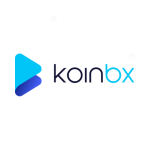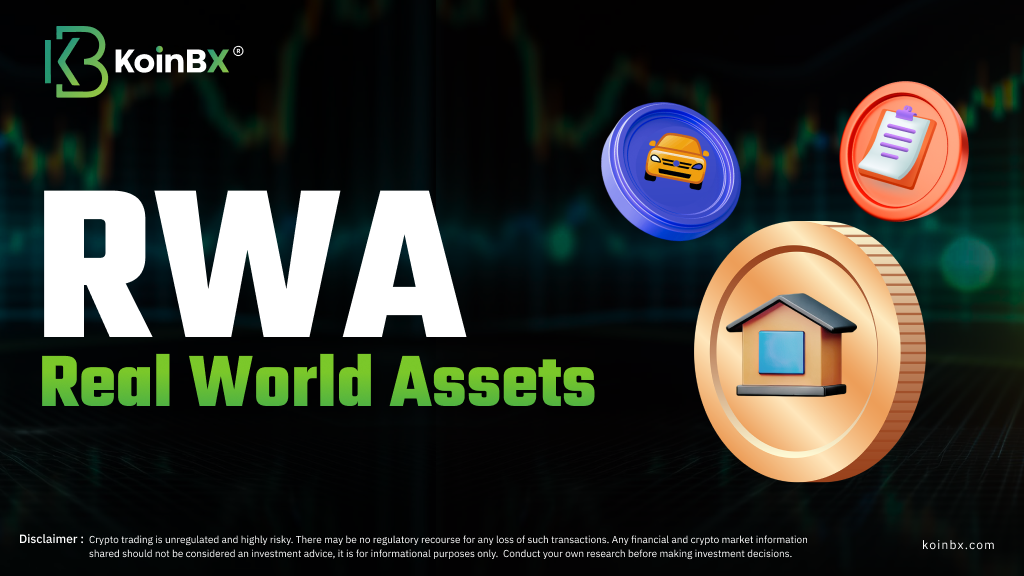Introduction
RWA tokenization is a growing trend in which tangible and intangible assets, such as art and collectibles, can be tokenized digitally on-chain by issuing tokens representing real-world assets (RWA). RWA tokens provide a new way to transfer ownership, share revenue streams, and increase liquidity for assets that used to be illiquid or un-commercial.
RWA tokenization is one of the most compelling applications of blockchain technology and it has the potential to tokenize various types of value, including physical, digital, data-based, and more. It has the potential to revolutionize traditional asset classes as well as financial markets.
In this article, we'll explore the benefits and use cases of asset tokenization in various industries, such as real estate, commodities, and intellectual property, as well as art and travel.
What are real-world assets?
Tokenizing real-world assets (RWAs) involves creating digital counterparts on a blockchain, representing assets that exist beyond the digital realm.
Stablecoins, rooted in fiat currencies like the US dollar or euro, serve as the original example of RWAs, offering stability and liquidity akin to traditional currencies. However, the scope of tokenization extends far beyond currency, encompassing various financial assets such as insurance, shares, securities, treasuries, equities, and indices.
Tangible assets, including precious metals, raw materials, agricultural products, real estate, artwork, and music licensing, can also undergo tokenization. This process fosters transparency, liquidity, and accessibility to RWAs, allowing assets to be divided into fractions, enabling broader ownership and investment opportunities.Ultimately, tokenization democratizes asset ownership, empowering smaller investors and reshaping the dynamics of investment landscapes.
Also Read: What is Runes Protocol on Bitcoin?
Benefits of real-world assets
1.Efficiency
Tokenizing real-world assets enables the efficient trading of fractional shares of high-value assets round the clock on digital exchanges, eliminating the need for intermediaries and facilitating rapid, global transactions at scale. This simplifies processes such as cross-border deals and the automated distribution of income/profits.
2.Trust
Tokenization allows for the atomic settlement of real-world assets (exchanged against tokenized fiat) without the involvement of a trusted third party acting as a clearing agent, as seen in traditional clearinghouses and CSDs. Blockchain protocols govern the order of transactions through intrinsic consensus mechanisms, fostering trust and efficiency in transactions.
3.Transparency
The public, immutable ledger on the blockchain offers complete visibility into asset ownership and transaction history. This ensures clear title and provenance while deterring fraud through transparent tracking of transfers, liens, and other relevant details.
4.Compliance
Smart contracts can automate regulatory requirements and conduct KYC/AML checks for compliance purposes. Additionally, digital tokens may simplify adherence to tax reporting obligations through integrated tools and public ledgers.
5.Cost Reduction
Eliminating intermediaries lowers traditional transaction fees and documentation costs. The ongoing administration of tokens through blockchain consensus can also reduce maintenance expenses compared to physical assets and legacy record-keeping methods.
6.Enhanced Liquidity
Fractionalizing real-world assets facilitates increased liquidity. Tokens representing RWAs can be easily traded at any time, creating a new secondary market for real-world investments that were previously unavailable.
Alos Read: What is Crypto Bubble?
Examples of real-world assets
1.Bonds
RWA tokens offer opportunities for yield generation through bond RWA tokens, which are backed by sovereign bonds. Tokenizing these bonds enables investors to earn returns on their investments while benefiting from blockchain technology advantages such as transparency, liquidity, and fractional ownership.
2.Real Estate
Tokenization of real estate allows individuals to own a fraction of a property and receive rental income. This approach democratizes real estate investment, making it more accessible to a wider audience.
3.Commodities
Tokenizing fine art enables individuals to own a share of a painting or sculpture and generate income from it. This innovation increases accessibility to fine art investing, allowing individuals with limited financial means to participate in the art market.
Bottom Line
Real-world assets (RWAs) are revolutionizing the asset landscape by bridging the traditional and technological realms. With virtually anything—from artwork and real estate to financial instruments like bonds and stocks—being tokenized, the potential of RWAs is limitless.
However, implementing RWAs presents several challenges, including valuation and auditing, custody and security, governance, trust, and concerns about interoperability and scalability. Overcoming these hurdles requires extensive collaboration among all stakeholders, including asset originators, token issuers, service providers, regulatory bodies, and traders.
If you found this blog informative, feel free to share it with other like-minded crypto enthusiasts.
Begin your crypto trading journey with KoinBX by downloading KoinBX iOS/Android app.
Disclaimer: Any financial and crypto market information shared should not be considered investment advice. It is for informational purposes only. Conduct your own research before making investment decisions. Crypto trading is unregulated and highly risky. There may be no regulatory recourse for any loss of such transactions.






Comments